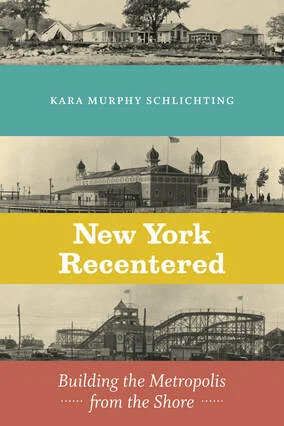We’ve Come a Long Way Baby: A Backward Glance at Library Service Availability at the Municipal Colleges
By Sandra Roff
You are still waiting for that interlibrary loan book or perhaps a video that you wanted to show your class, and you are wondering what is taking so long. After reviewing Reading Publics: New York City’s Public Libraries 1754-1911 by Tom Glynn it became clear that in the nineteenth-century, at a time when reading was the only way to get information, the availability of libraries was extremely limited, and what we now recognize as the job of a library was not realized until the twentieth century. The earliest libraries that opened in New York City operated as private corporations, with the wealthy buying shares to borrow books. Special interest groups also started libraries such as the General Society of Mechanics and Tradesmen, who had a library with a small annual fee. The New-York Historical Society opened in 1805 with a mission to collect New York City materials, but again membership was restricted to the elite. Other libraries followed but they all required a fee and in addition, many had extremely limited hours.
Read More









